Invest in Australia
Reuters recently reported that Australian rare earth company Lynas has received a 200 million AUD ($133.9 million) investment from Japan for projects to increase production of heavy and light rare earth materials.
Under the agreement, Lynas will supply Japan with up to 65% of the dysprosium and terbium produced at its Mount Weld mine in Western Australia. The agreement was signed between Lynas and Japan Australia Rare Earths, a joint venture between the Japan Agency for Metals and Energy Security (JOGMEC) and Japan's Sojitz Corporation.

Rare earth ore at a mine in the US
Dysprosium and terbium are two heavy rare earth elements used to enhance the heat resistance of neodymium magnets, which are key components in downsizing electric vehicle motors and wind turbines. Neodymium magnets are also used in many other electronic devices. Japan buys hundreds of tons of both rare earths each year, according to Nikkei Asia .
The rare earths supplied by Lynas will be enough to meet 30% of Japan's domestic heavy rare earth demand, according to estimates by the country's Ministry of Economy , Trade and Industry. Lynas plans to start mining in a few years.
The Australian company plans to ship rare earth ore from the Mount Weld mine overseas for processing and separation to get clean rare earths. Until now, this process has been outsourced mainly to Chinese companies, but Lynas plans to supply Japan through a new supply chain that bypasses China.
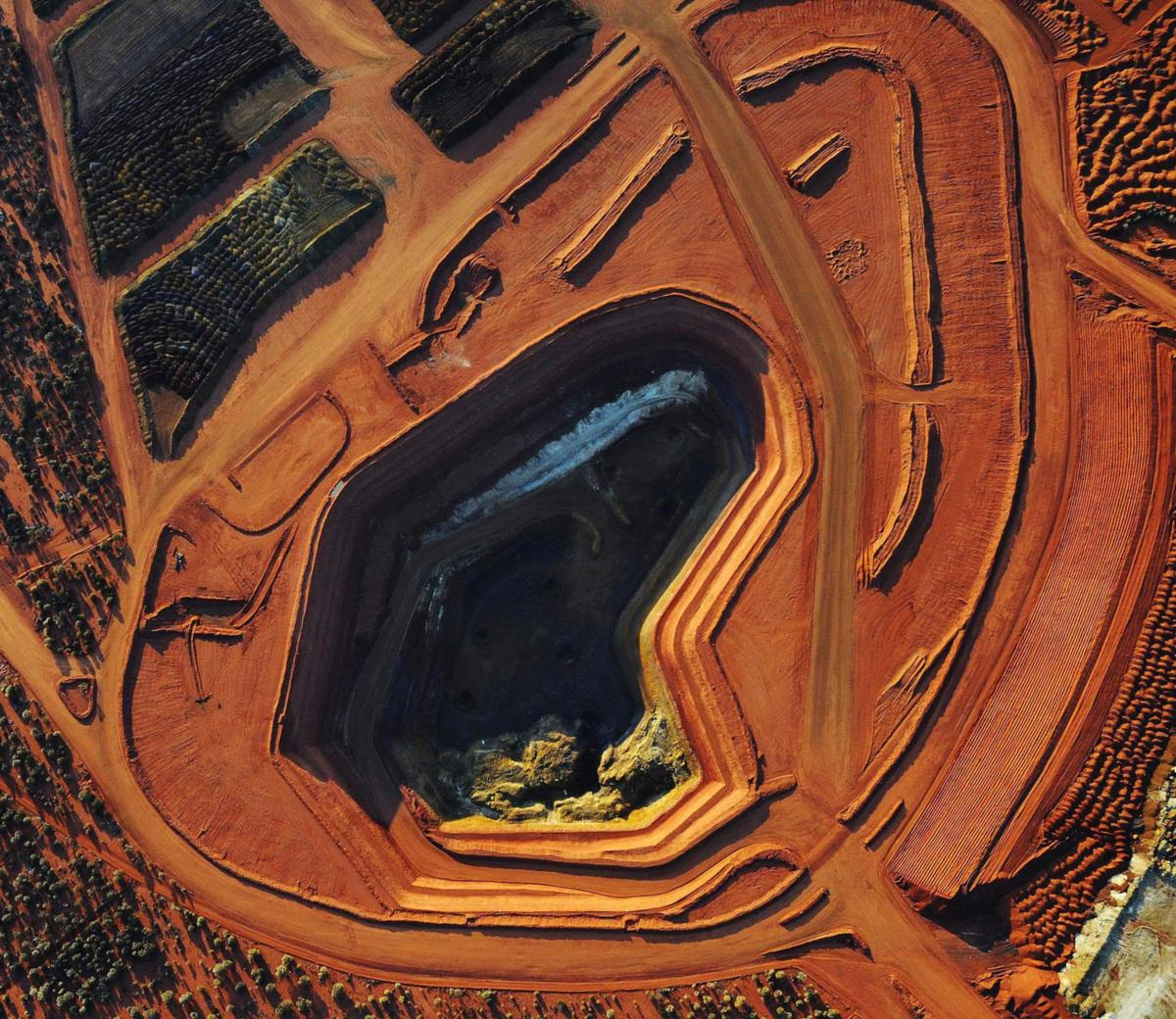
Mount Weld rare earth mine in Australia
Can't escape right away
China currently dominates almost all heavy rare earth production. The United States and other countries also produce rare earths, but China has built a monopoly through a closed system from mining to purification.
Global rare earth ore production in 2022 is about 300,000 tons, of which China accounts for about 210,000 tons (70%). Specifically, the two elements dysprosium and terbium are mainly concentrated in southern China and Myanmar. After mining, China can process and purify rare earths in this country.

A rare earth mine in Inner Mongolia, China
In 2010, after a collision between a Chinese fishing boat and a Japanese coast guard vessel near Okinawa, China temporarily halted rare earth supplies to Japan, causing difficulties for Japanese magnet manufacturers. According to Nikkei Asia , if Japan can find a source of supply outside of China, it will have a tool to deal with the "rare earth" card mentioned above.
A Sojitz representative said the quality of the rare earth ore at Lynas’ mine is high and the Japanese operation will compete with Chinese companies on price. However, costs remain a challenge, especially when competing with a country like China that has a mature manufacturing process. Rare earth ore often contains radioactive materials, so processing often requires strict environmental measures, adding to costs.
Moreover, the contract only covers a portion of Japan’s heavy rare earth demand, meaning the country will continue to rely on China for the remaining 70 percent. Meanwhile, JOGMEC is urgently seeking heavy rare earth supplies from Namibia and elsewhere.
The global rare earth metals market is expected to generate more than $5 billion in revenue in 2021 and is forecast to exceed $10 billion by 2030, according to Tech Times . The market is expected to become even more lucrative as countries increasingly seek to reduce emissions and adopt new technologies such as clean energy and electric vehicles, which are industries that rely heavily on rare earth materials.
Source link










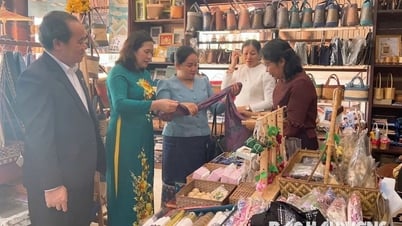
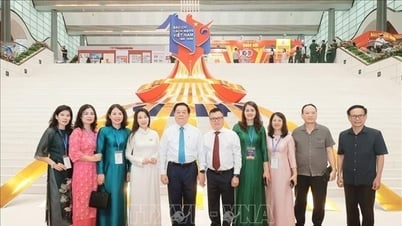

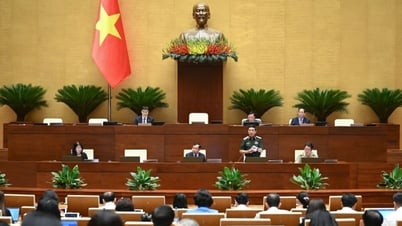
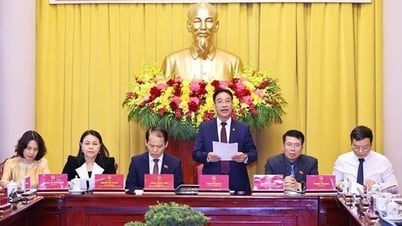




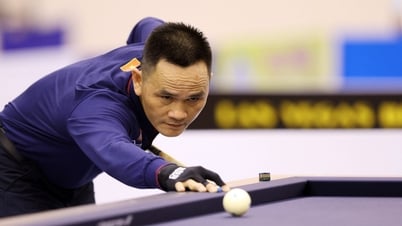

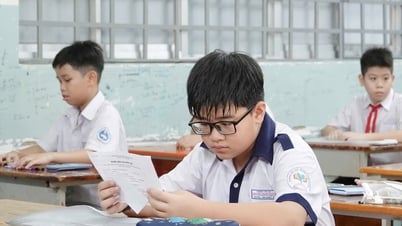






















































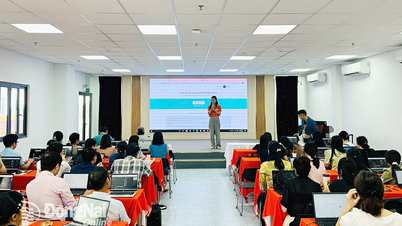

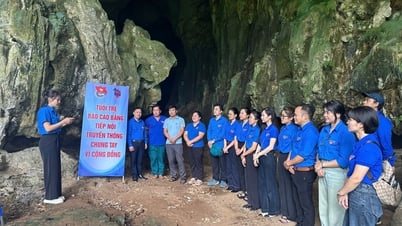

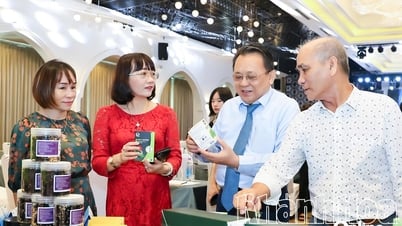

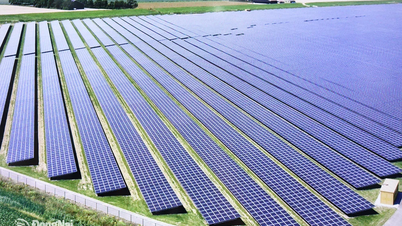













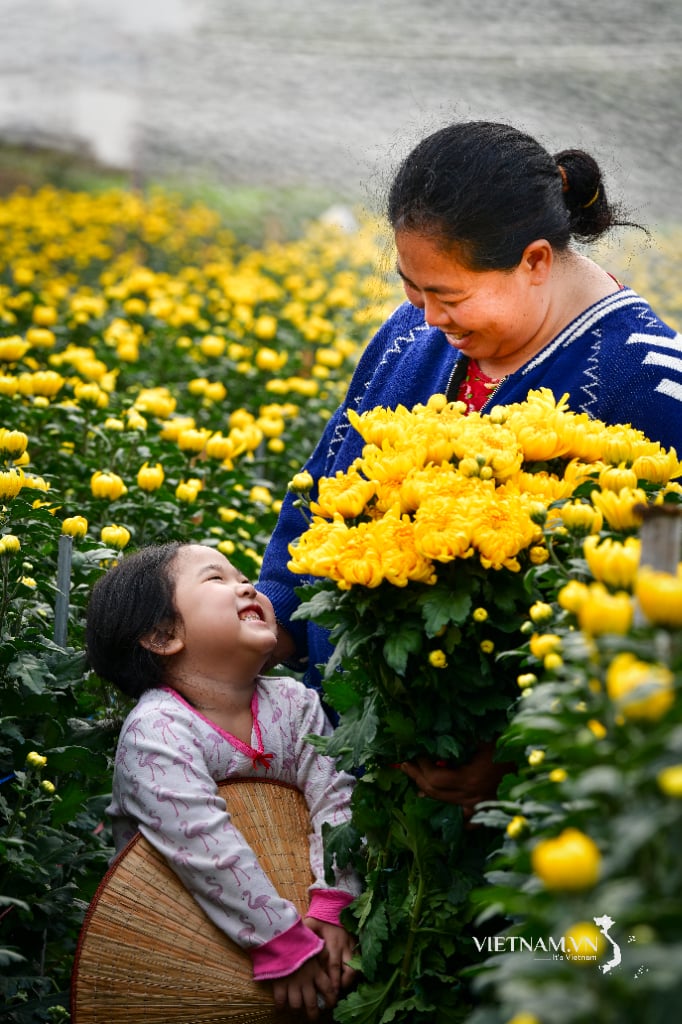
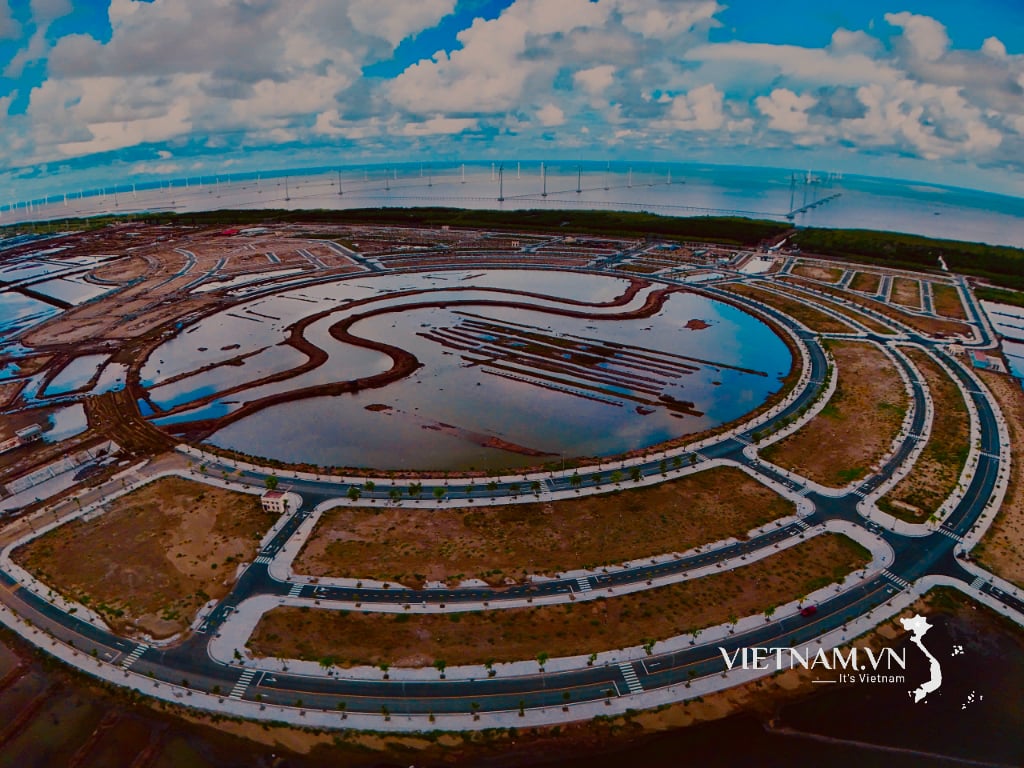
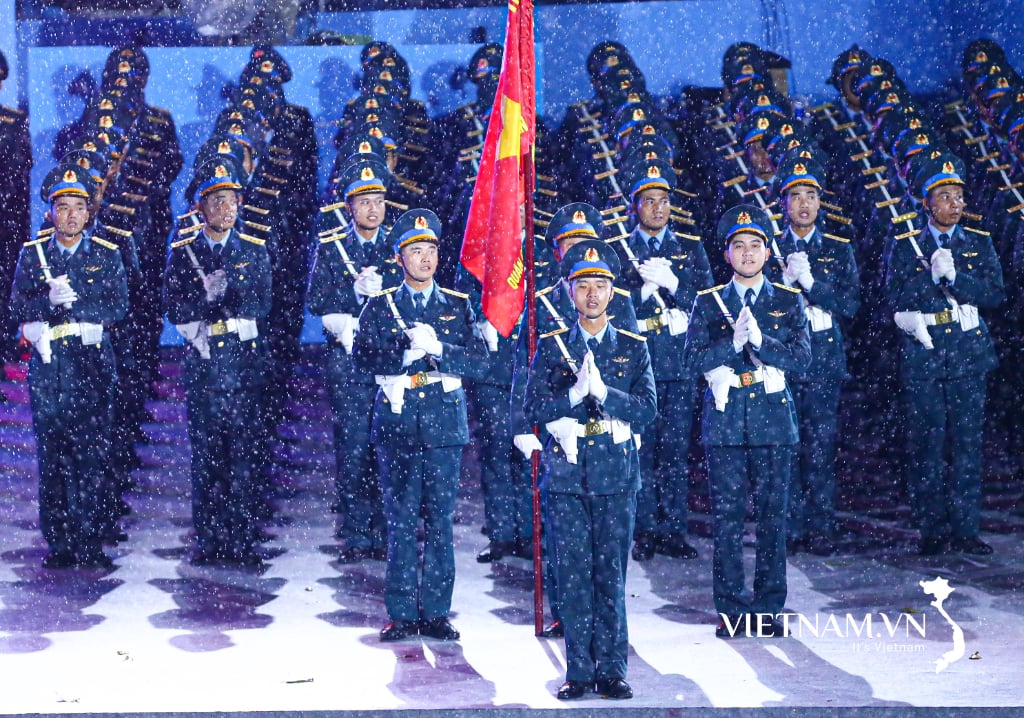
Comment (0)